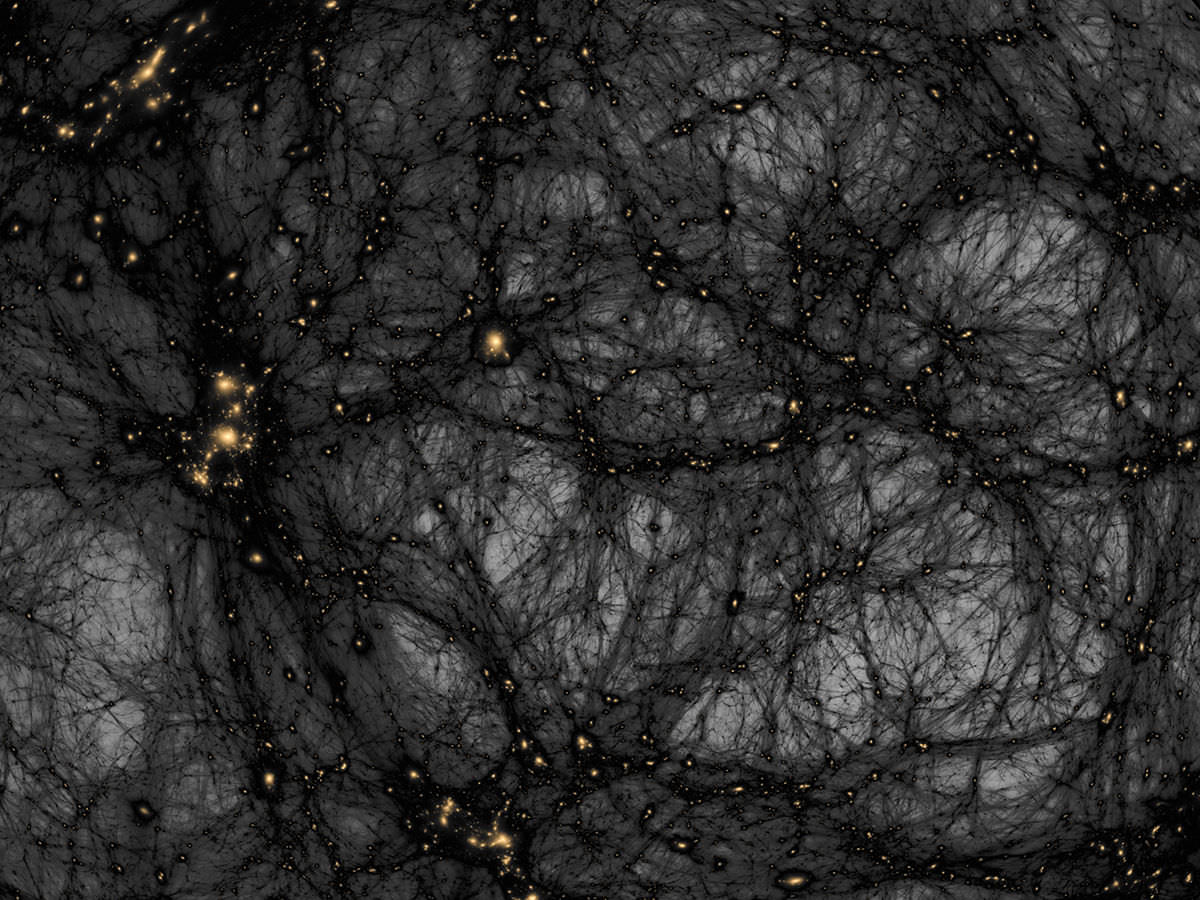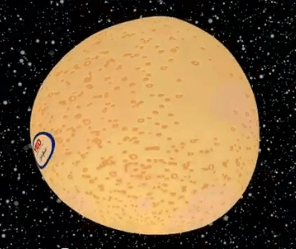Atoms, string theory, dark matter, dark energy… there’s an awful lot about the Universe that might make sense on paper (to physicists, anyway) but is extremely difficult to detect and measure, at least with the technology available today. But at the core of science is observation, and what’s been observed of the Universe so far strongly indicates an overwhelming amount of… stuff… that cannot be observed. But just because it can’t be seen doesn’t mean it’s not there; on the contrary, it’s what we can’t see that actually makes up the majority of the Universe.
If this doesn’t make sense, that’s okay — they’re all pretty complex concepts. So in order to help non-scientists (which, like dark energy, most of the population is comprised of) get a better grasp as to what all this “dark” stuff is about, CERN scientist and spokesperson James Gillies has teamed up with TED-Ed animators to visually explain some of the Universe’s darkest secrets. Check it out above (and see more space science lessons from TED-Ed here.)
Because everything’s easier to understand with animation!
Lesson by James Gillies, animation by TED-Ed.


